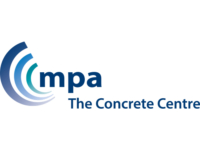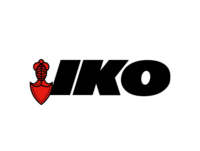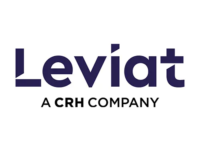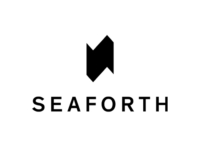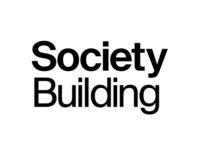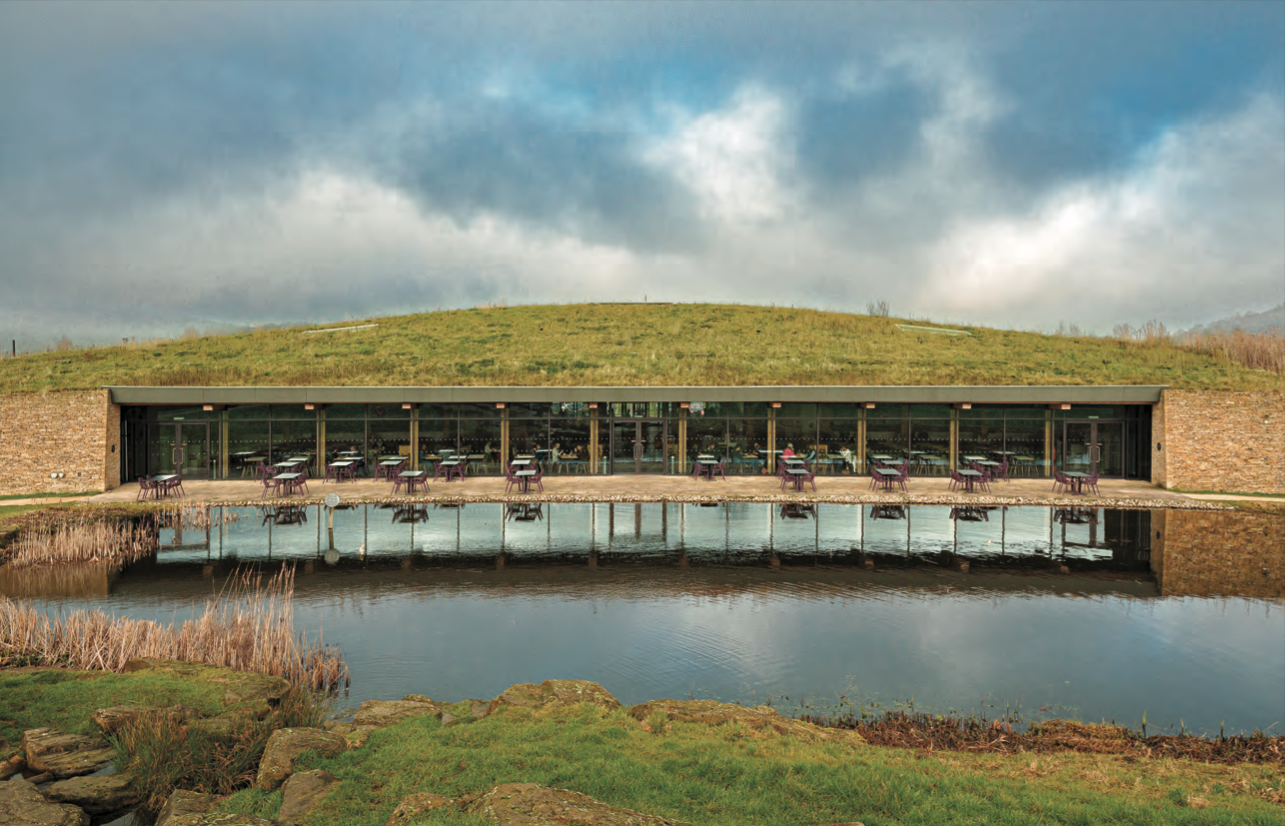Infrastructure and Public realm
Gloucester Services by Howells
Gloucester Services North & South was presented at the AT Awards live finals on 18 September 2024. Learn about how the project has stood the test of time.
Won in competition by Howells, Gloucester Services sets a new benchmark for sustainability and the customer experience within the road transport sector. Located between junctions 11a and 12 on the north and southbound sides of the M5, the £45m project comprises of four buildings: two retail facilities and two petrol stations. The structures, which are constructed from locally-sourced materials and feature wildflower roofs, are designed to minimise their impact on the surrounding Cotswold landscape.
A kitchen forms the heart of each retail facility, allowing travellers to easily orientate themselves upon arrival. Combining dry stone-dressed retaining walls with exposed timber roof structures, the spacious facilities draw visitors through to a landscaped garden at the rear. Homemade food is produced in the kitchens and sold in the farm shops, celebrating local producers.
By working with natural levels across the site, the architect has maximised opportunities for screening and visual containment. Excavation has been minimised, with any earth moved redeployed to buffer landscapes, including family-friendly picnic areas and an ‘edible garden’, from motorway noise. A series of landscaped banks or ‘bunds’, together with newly planted green infrastructure, screen the cars and areas of tarmac from key views and buildings.
The judges said:
“Designed over a decade ago, Gloucester Services set new benchmarks for sustainability and customer experience, and transformed local residents’ biggest bugbear – the proximity of the M5 – into a beacon of community regeneration and hope.
The judges’ consensus was “More like this please.”
Glenn Howells from Howells and client Sarah Dunning from Westmorland explain how Gloucester Services has challenged preconceptions about service station design and been a force for good.
Sarah Dunning I think one of the reasons this project has worked is because of how it all started. Unusually, we – we’re a family business – got an approach from a man called Mark Gale. He wasn’t a businessperson. He worked in regeneration on the fringes of Gloucester, where there’s a lot of social and economic need. And his interest in this project was to create a sustainable income for his needy communities. Our interest was because we had an existing motorway service area business in Cumbria, which had grown out of a farm that we still operate. It’s a very different model that’s embedded in its community and is all about local impact. In the second generation of our family business, we were scratching our heads as to how to expand, and perhaps build another motorway service area, but retain the philosophy and the roots in our community that we had in Cumbria.
Glenn Howells It was about supporting neighbouring communities, but also, importantly, supporting local farmers and producers, and creating local employment. It was also about being sensitive to the landscape and, crucially, transforming the service station experience. Ten years ago we’d reached a point where service stations were a formula for extracting the most amount of money through largely franchise-led commercial development. We set out to challenge that and say, “How can you do a motorway services, which benefits the local community, is sensitive to location, and offers a different customer experience as well?”
Sarah Dunning In some ways it’s great to be part of this strange motorway service industry because it’s very democratic. We get four million customers through our doors at Gloucester Services every year, and they cover the whole spectrum of society. We call them Mr and Mrs Great Britain. This isn’t for an educated elite. We are creating an experience which has to be relevant for everybody.
Glenn Howells The site was some farmland next to the M5. It was next to some villages, but it was a piece of Green Belt, and in an incredibly sensitive bit of landscape. It was in a valley between two hills, so it was overlooked, and it was an SSSI (Site of Special Scientific Interest). There were 40 million vehicles passing by this part of the M5 every year, but with no real benefit to the county of Gloucestershire. The vision was to intervene in the landscape in a way which was quite gentle, and to create a setting that, once you were in it, felt like a quiet oasis away from the motorway. The mistake would be to think that because it was farmland it was biodiverse. It wasn’t. These were two heavily farmed, largely empty, ploughed fields without hedgerows. So we had an opportunity to enhance the habitat and heal the site.
Sarah Dunning The outside is very important to our customers because they’ve generally been cooped up in a car for a few hours.
A lot of them have dogs, and they’re desperate to get outside, stretch their legs, let the dog go for a walk. So the outdoors is almost as important as the indoors. A lot of the feedback we get is an appreciation of the beauty outside and what Glenn has done to invite them into the landscape.
Glenn Howells Working with Sarah and the client team, and with Gloucester Gateway Trust, we started to sketch a few ideas. One of them was that you would mold the earth and shape the land to hide a lot of the infrastructure. There’s a lot of building, but it tries – as much as regulations allow – to bleed into the landscape. It was about managing the levels to create an acoustic buffer, and creating a natural setting with views over the lovely rolling landscape. We’re fortunate in that it looks out onto hills, both to the north and the south, but also beautiful woodland, which then falls down to two man-made water features, which are part of the sustainable drainage, which in turn have attracted wildlife. There are lots of places where you can go for a stroll or walk the dog. It doesn’t feel like a fenced-in retail experience.
Sarah Dunning The customer experience is about far more than just the building, but the building is such an important part of it. So while our customers don’t necessarily rationalise the experience of the building and the landscape, they feel it. And we know that our customers absolutely love the kind of tranquility that the building gives them. That’s really important for us.
Glenn Howells The idea was that we would use local materials that would weather well. So we used local stone. Some of the timber was sourced and machined locally. But that’s just the building. The produce is just as important.
Sarah Dunning We have a café and a farm shop. In our café we make very simple homemade food. Our farm shop is a platform for local producers. We’re always looking for the small producer that’s perhaps just starting up, that wants to partner with us and do something bespoke with us, often just making a single product, and then we grow together. We work with 130 producers from within 30 miles of the site.
Glenn Howells We worked with very good landscapers, Pegasus, from the outset of the project, and we also took advice on species that would be resilient and add to the richness of the experience. So the landscape wasn’t an afterthought, it was very much woven into the design process from the outset. And it’s not just about creating a great customer experience, it is for the people who work there as well.
Sarah Dunning Being a good employer is really important to us. We employ just over 400 people. And then we work with about 130 local producers and farmers making all sorts of delicious food. All our colleagues come from a very small radius around the site. A third of them come from our target communities, which we support with our grant making. We have this programme called Bridging the Gap, which helps us employ people who would otherwise find it really difficult to get a job, either because of the criminal justice system, or disability, or just generations of unemployment. That’s a really important part of what we do.
Glenn Howells Gloucestershire, the local authority, were very supportive and recognised that this project wasn’t just another retail development. It could offer something else. It’s delivered huge local impact. It’s also a different model. It’s shown that that partnership between a family business and a charitable organisation can actually make a difference.
Sarah Dunning Three pence in every pound spent in our farm shop and kitchen goes into Mark’s charity, Gloucester Gateway Trust, which then gets directly invested into local communities. Since we opened, Gloucester Services has given Gloucester Gateway Trust £4m. £2m has directly gone into grants to local charities, and the other £2m has gone into other community projects, a lot of those public-sector led. Mark has identified 12 charities that he supports. They’re all local, in his target communities of social economic need. They range from domestic abuse to supporting children to wildlife and biodiversity.
Glenn Howells I think one of the reasons that it’s been so loved by customers is that it’s not a greedy project. One of the things we discussed a lot early on was how often in these motorway service facilities, the toilets and the changing facilities are tucked away, so you have to go through the retail to get to them. It’s quite a cynical arrangement of the plan. We made a conscious decision that Gloucester Services would be very open and welcoming, and not hide any of these facilities. You’re not taken past lots of concessions on the way to the toilets. You’re not encouraged to spend money. I can’t think of any project we’ve done which has been so well commented on and liked by the public. People don’t expect to get this sort of experience on a motorway.
Sarah Dunning It’s been wonderful to have that decade behind us, because it’s allowed us to develop and embed all the relationships that are necessary to prove the concept – with colleagues and with farmers and producers and with the community. That’s why it’s so nice to win this award now. Because actually ten years ago we hadn’t quite proved the concept. And now I think we feel we’re some way down the line with it.
Glenn Howells I think the building’s better in 2024 than it was in 2014. You go there now, it’s greener, it’s softer, and the vegetation has matured. There are species in the pond that we didn’t know were going to go there. None of these animals were captured and made to live there. If you go there now, it feels truly part of the landscape.
Other finalists in this category:

Bridge of Aspiration by WilkinsonEyre

Metro station Kraaiennest by Maccreanor Lavington
Our awards sponsors
